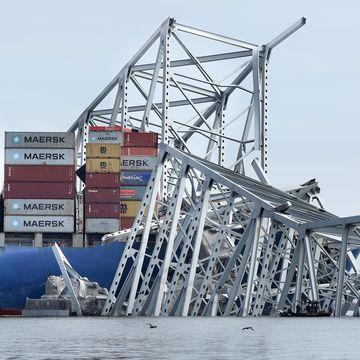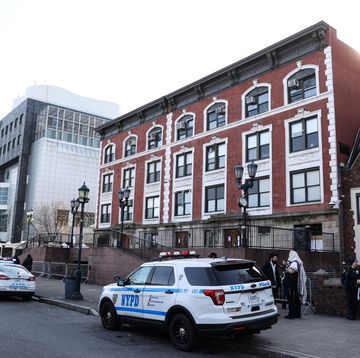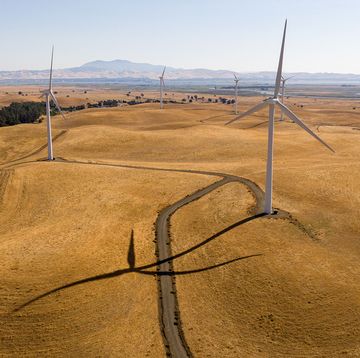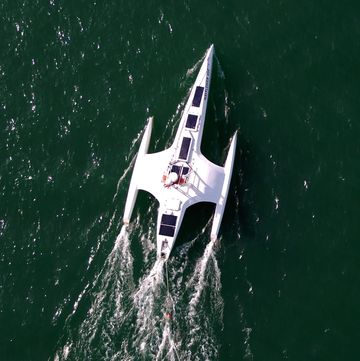In 1965, Walt Disney began buying land for a new theme park in Florida. The success of Disneyland, and the subsequent sprawl of trashy businesses around it, made Disney aware of the potential for a second park on the East Coast, and fueled his desire to control a larger area of land. He got his wish in Central Florida, which was hardly developed in the mid-'60s, mostly consisting of swampland and orange groves.
Disney, with help from lawyers who were unaware of who their client was, and shell companies, was able to acquire the 27,000 acres that make up Disney World for only $5 million dollars, a bargain even in 1965. Once the land was secured, the campaign for total control over the area began, as is explained in this video from City Beautiful.
Disney petitioned the Florida legislature for a special district that would allow the corporation control over sewage, roads, building permits, and many other facets of municipal control in the area. They got it, and in 1967, the Reedy Creek Improvement District was created.
This district, including the two municipalities inside it, Bay Lake and Lake Buena Vista, give the corporation an unprecedented level of control. Only landowners in the district can vote to on governance for the district, thus giving Disney the upper hand in decision making. The powers granted are far-reaching--for example, Disney can issue their own liquor licenses to themselves. They largely do not use surrounding counties infrastructure, instead building their own water, fire departments, transportation, and emergency services.
Disney World is what it looks like if you give a corporation full control over an area of land as big as San Francisco. It's worked out great for the company, which counts on the park for 14% of its $2 billion yearly earnings. And it's been a boon for Florida as well--the park turned Central Florida into an economic powerhouse and tourism destination. It's also a huge source of employment for people living in the area, with 62,000 employees at the park alone.
It's harder to quantify what else the park has done, both in terms of environmental impact and loss of taxes for the surrounding counties and state. But the story is certainly a fascinating peek into what you can get away with as a multi-national Fortune 500 corporation who annexes a piece of land large enough to hold a major city.
Source: City Beautiful













